LMS software works as a repository where users store and track information in one place, accessible with a login and password. It offers tracking learn progress
LMS software is a powerful software that breaks traditional boundaries, offering a dynamic and interactive platform for learners and educators alike. The flexibility of this software not only enhances convenience but also helps to create a welcoming learning space where people from different backgrounds can join in and do well. It empowers educators to create engaging and personalized learning experiences.
Additionally, the data analytics capabilities provide valuable insights into student performance and engagement. By using this software educators can track progress, identify areas for improvement, and tailor interventions to support individual student needs. However, its data-driven approach not only enhances teaching effectiveness but also enables continuous improvement in the learning process.
When selecting an LMS software, consider the following key features:
LMS Integrations
Data Tracking
Personalized User Experience
Offline Learning Trackers
Hosting Options
Communication Features
Course Management Features
Content Management Features
Centralized Learning Materials
Course Templates
Remote & Mobile Accessibility
Automated Alerts and Notifications
Breaking Down Barriers: Accessibility for All
LMS platforms enable students from different backgrounds, including those with disabilities, to engage in quality education, regardless of their physical location. This newfound accessibility empowers individuals who might have otherwise been excluded from traditional education to pursue their academic goals. It incorporates various accessibility features to ensure that all learners can participate in the learning process. These features include:
Text-to-Speech
Screen Readers
Keyboard Navigation
Closed Captioning
How does LMS software work?
A Learning Management System (LMS) is a software used for planning, implementing, and assessing specific learning processes, and e-learning practices. It typically consists of a server for base functionality and a user interface operated by instructors, students, and administrators. It allows instructors to create and deliver content, monitor student participation, and assess performance. It offers different interactive features like threaded discussions, video conferencing, and discussion forums to enhance engagement.LMS software works as a repository where users store and track information in one place, accessible with a login and password.
Features of LMS
Responsive design for access from various devices
User-friendly interfaces
Reports for analytics on training effectiveness
Types of LMS Deployments:
Learning Management Systems (LMS) come in various deployment models to cater to different organizational needs and preferences. Here are the common types of LMS deployments:
Cloud-based LMS:
Operates on cloud computing, allowing users to access the platform over the internet without the need for on-site infrastructure.
On-premises LMS:
Installed on an organization's infrastructure, requiring the setup and maintenance of the software and hardware internally.
Open-source LMS:
Provides a base code that can be downloaded and customized according to specific organizational requirements, offering control over features.
Custom-built LMS:
Tailored to meet unique organizational needs, either developed in-house or by hiring a third party for customization.
Benefits of using LMS software for learning:
Learning Management System (LMS) software offers a multitude of benefits that enhance the educational experience for both learners and educators. Here are some key advantages highlighted in the search results:
Save Money: Implementation of this software can save businesses money by reducing training costs associated with in-person sessions, making e-learning a more cost-effective option.
Save Time: E-learning through an LMS allows learners to study at their own pace, saving time compared to traditional classroom learning methods. This flexibility is one of the most compelling features of e-learning, revolutionizing the way individuals acquire knowledge and skills.
Improve Management: It streamlines management tasks, providing administrators and managers with software to support training effectively. It provides administrators and managers with valuable insights and analytics to monitor the effectiveness of training programs.
Accessibility: LMS allows easy access to educational materials from anywhere at any time, catering to learners with busy schedules or remote work settings. It leverages technology to break down barriers to learning, empowering individuals with the flexibility to access educational content from anywhere at any time.
Tracking and Reporting: LMS software offers tracking learner progress and generating reports to assess the success of training programs. These functionalities enable administrators and instructors to monitor learner engagement, assess learning outcomes, and make data-driven decisions to optimize training initiatives.
These benefits collectively contribute to a more efficient, engaging, and cost-effective learning experience that transcends traditional boundaries, making the LMS system a valuable software for modern education.

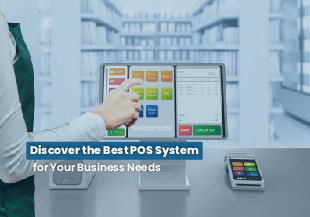
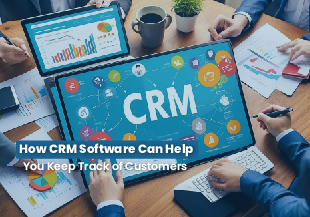

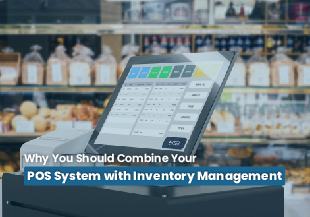
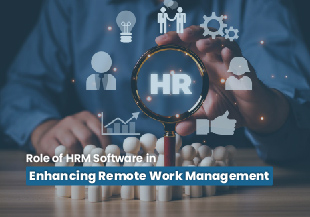
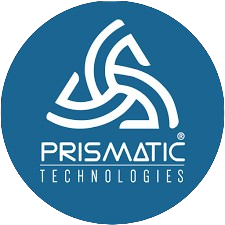 Chat with Prismatic Bot
Chat with Prismatic Bot